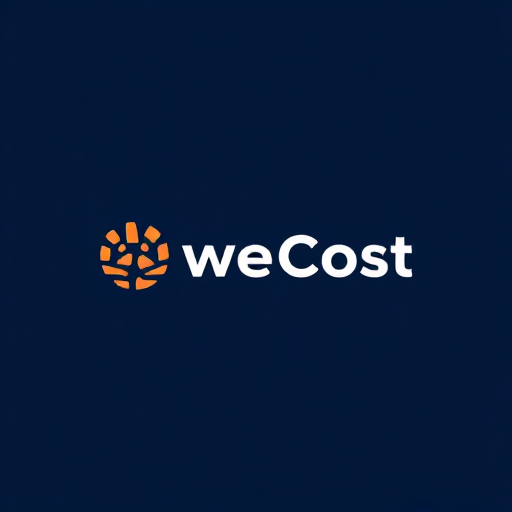Content Strategy Tips For E-Commerce Websites
Creating a robust content strategy for your e-commerce website is essential to attract, engage, and convert visitors into loyal customers. An effective strategy can boost your online presence, enhance customer experience, and drive sales. Here are key tips to develop a successful content strategy for your e-commerce site.
1. Understand Your Audience
Identify Your Target Audience:
Develop detailed buyer personas to understand who your customers are, what they need, and how they behave. Consider demographics, interests, and purchasing behaviors.
Customer Journey Mapping:
Map out the customer journey to identify key touchpoints where your content can influence decision-making. Tailor your content to meet the needs of customers at each stage, from awareness to post-purchase.
2. Optimize for SEO
Keyword Research:
Conduct thorough keyword research to identify terms your target audience is searching for. Use tools like Google Keyword Planner, Ahrefs, and SEMrush to find relevant keywords.
On-Page SEO:
Optimize your product pages, category pages, and blog posts with relevant keywords. Include keywords in titles, meta descriptions, headers, and throughout the content.
Technical SEO:
Ensure your website is technically sound. This includes fast load times, mobile responsiveness, secure (HTTPS) connections, and a well-structured site architecture.
3. Create Valuable Content
Product Descriptions:
Write detailed, compelling product descriptions that highlight features, benefits, and use cases. Use high-quality images and videos to showcase your products.
Blog Posts:
Create informative and engaging blog posts related to your products and industry. Blog content can help drive organic traffic, educate customers, and establish your brand as an authority.
Buying Guides:
Develop comprehensive buying guides to assist customers in making informed purchasing decisions. These guides can compare products, explain features, and provide recommendations.
User-Generated Content:
Encourage customers to leave reviews, ratings, and testimonials. User-generated content adds credibility and helps new customers trust your brand.
4. Leverage Social Media
Platform Selection:
Choose social media platforms that align with your target audience. Focus your efforts on the platforms where your potential customers are most active.
Consistent Posting:
Maintain a consistent posting schedule to keep your audience engaged. Share a mix of promotional content, user-generated content, behind-the-scenes looks, and industry news.
Social Proof:
Showcase customer reviews, testimonials, and user-generated content on your social media channels. Social proof can influence purchasing decisions and build trust.
5. Utilize Email Marketing
Build an Email List:
Collect email addresses through sign-up forms, pop-ups, and checkout processes. Offer incentives like discounts or free shipping to encourage sign-ups.
Segmentation:
Segment your email list based on customer behavior, preferences, and demographics. Tailor your email content to different segments for more personalized communication.
Automated Campaigns:
Set up automated email campaigns for welcome series, abandoned cart reminders, post-purchase follow-ups, and product recommendations. Automation ensures timely and relevant communication.
6. Implement Content Personalization
Personalized Recommendations:
Use data and AI-driven tools to provide personalized product recommendations based on customer browsing and purchase history.
Dynamic Content:
Implement dynamic content on your website and emails that changes based on user behavior and preferences. Personalized content can enhance user experience and increase conversions.
7. Monitor and Analyze Performance
Track Key Metrics:
Monitor important metrics such as website traffic, conversion rates, bounce rates, average order value, and customer lifetime value. Use tools like Google Analytics and e-commerce platforms’ built-in analytics.
A/B Testing:
Conduct A/B tests to compare different versions of content, landing pages, emails, and ads. Testing helps identify what resonates best with your audience and drives better results.
Continuous Improvement:
Regularly review your content strategy based on performance data. Identify areas for improvement and adjust your strategy accordingly to achieve better outcomes.
A well-crafted content strategy is crucial for the success of an e-commerce website. By understanding your audience, optimizing for SEO, creating valuable content, leveraging social media, utilizing email marketing, implementing personalization, and continuously monitoring performance, you can effectively attract, engage, and convert customers. Stay adaptable and continuously refine your strategy to keep up with industry trends and changing customer needs, ensuring long-term growth and success for your e-commerce business.For more information, email admin@1dollarcreatives.com.







